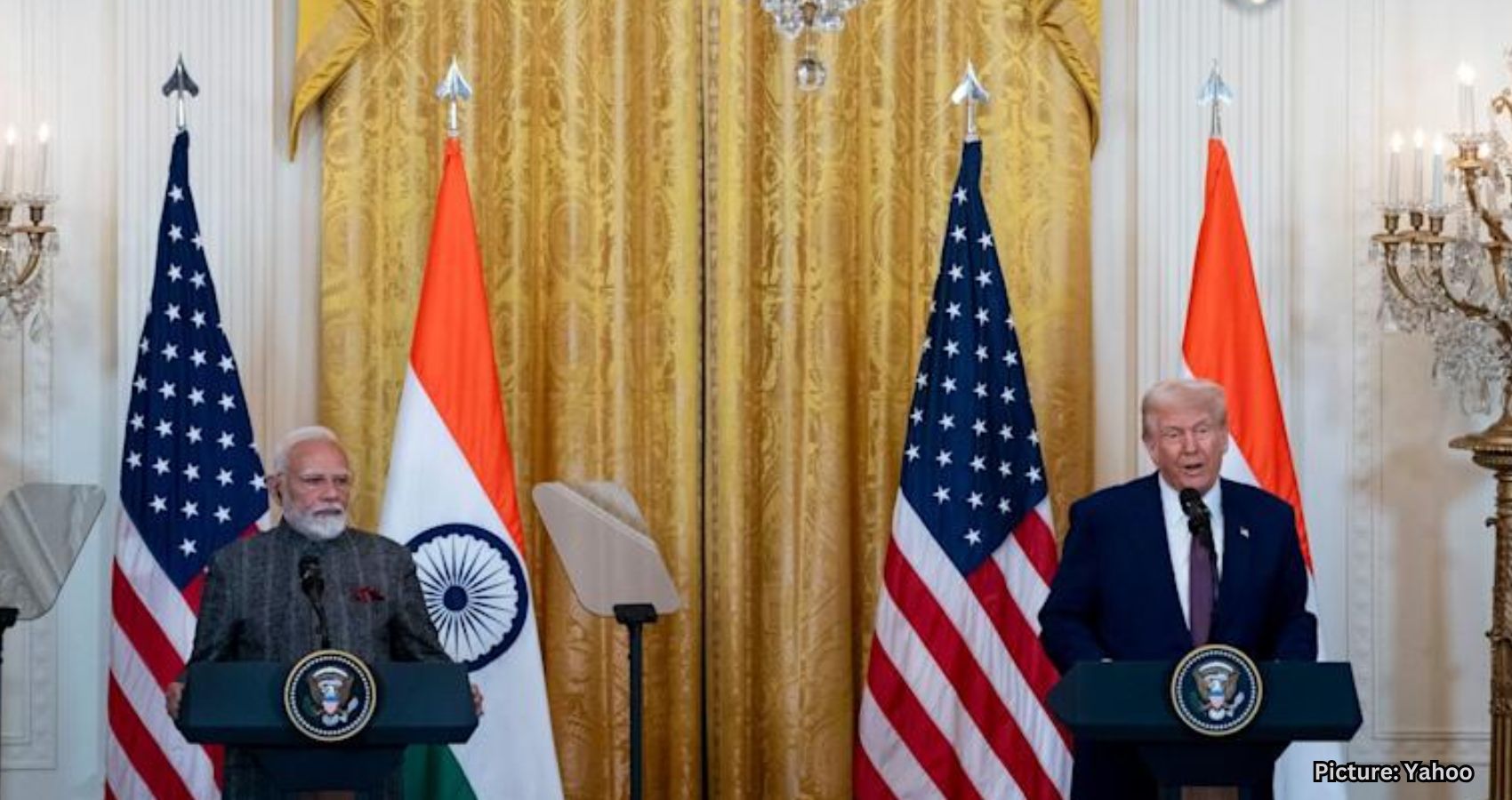The Trump administration has decided to reinstate the legal status of international students whose records were abruptly terminated in recent weeks, according to a government attorney during a hearing held on Friday.
Elizabeth D. Kurlan, representing the Justice Department, stated during a hearing at the Northern District of California in Oakland that the records for international students would be temporarily reactivated. She explained that Immigration and Customs Enforcement (ICE) is currently working on developing a new policy that will “provide a framework for status record termination.”
This decision follows weeks of controversy after the Trump administration began revoking not only the visas of thousands of international students but also their records and legal standing in the United States. These actions appeared to specifically target individuals involved in political activism or those who had past infractions, such as DUI charges.
During the hearing, Kurlan clarified, “ICE still maintains the authority to terminate a SEVIS record for other reasons, such as if a student fails to maintain his or her nonimmigrant status after the record is reactivated, or engages in other unlawful activity that would render him or her removable from the United States under the Immigration and Nationality Act.” Here, she referred to SEVIS, the Student and Exchange Visitor Program.
Additionally, Kurlan indicated that moving forward, ICE would no longer terminate a student’s legal status based solely on information found in the National Crime Information Center. This index, which contains criminal history details, had been a major factor in the recent terminations of SEVIS records.
Across the United States, many international students whose legal statuses had been terminated suddenly found that their records were reinstated starting Thursday afternoon. According to immigration attorneys and various universities, the reinstatements occurred with little to no formal explanation from authorities.
Jath Shao, an immigration attorney based in Cleveland, described the abrupt changes by saying, “It’s like somebody flipped a light switch on.” He mentioned that one of his clients was among those who experienced the sudden reversal.
Although many students saw their records restored, the changes have not impacted every affected student. For example, at the University of California, Berkeley, Janet Gilmore, a university spokesperson, reported that twelve out of twenty-three international students whose SEVIS records had been terminated in previous weeks were reinstated.
Similarly, Carl Langsenkamp, the public information director at the Rochester Institute of Technology, noted that some students there had their records reinstated. In Atlanta, immigration attorney Charles Kuck said that approximately a dozen of his clients also reported a reversal in their status.
David Wilson, an attorney representing about twenty students in Minnesota, observed that roughly half of his clients had their statuses restored. Despite the progress, Wilson emphasized that significant uncertainty remains. He pointed out that while many students had their SEVIS records reactivated, their visas remain revoked, creating a complicated situation.
“That means they’re kind of trapped in the country. So that’ll be the next phase of seeking clarity as to what the government’s actually doing,” Wilson said.
Immigration attorneys also warned that even with the reinstatement of SEVIS records, the previous termination still shows up on students’ histories. This could negatively impact future applications for green cards, employment authorization, or other immigration benefits.
Elora Mukherjee, who serves as director of the Immigrants’ Rights Clinic at Columbia Law School, stated, “The time that they had their SEVIS status terminated could still have harmful effects for those students.” Mukherjee stressed that restoring records alone would not resolve the full scope of damage inflicted by the terminations. She added, “So it’s not enough for the federal government to simply restore service records. The government would need to somehow make the students whole.”
Attorney Jath Shao expressed cautious optimism about the recent developments. While he acknowledged that reactivating SEVIS records was a positive step, he stressed that more comprehensive actions were necessary to fully protect international students.
“By now it’s obvious that the Trump administration spent the four years of Biden plotting their revenge on the immigration system,” Shao said. He referred to what he perceives as the Trump administration’s long-standing effort to create obstacles for immigrants, even before President Biden took office. Shao continued, “But once some brave students and lawyers went to the courts — the administration’s defenders were unable or unwilling to explain the rationale.”
The sudden reinstatement of records, while welcomed by many, has not entirely erased the anxiety and confusion faced by affected students. Without clear communication from ICE and with visa revocations still hanging over many of them, international students remain in a vulnerable legal limbo. Moving forward, both students and their attorneys plan to seek further clarity and advocate for permanent solutions to secure their clients’ futures in the United States.
The Trump administration’s handling of international students’ records, and the subsequent reversal, has sparked widespread criticism from universities, legal advocates, and immigrant rights groups. Many view the situation as part of a broader pattern of unpredictable immigration enforcement actions that have marked the last few years.
In the meantime, attorneys are advising affected students to maintain strict compliance with all immigration regulations while waiting for official guidance from ICE on the next steps. Universities, too, are monitoring the situation closely and providing support to students whose educational and professional futures remain uncertain.
Although the reinstatement of SEVIS records represents a significant shift from the administration’s earlier aggressive stance, experts caution that it may take considerable time before the full implications of the terminations and reinstatements are understood. Until then, the impacted students continue to live with the ongoing challenges brought about by these sudden changes.



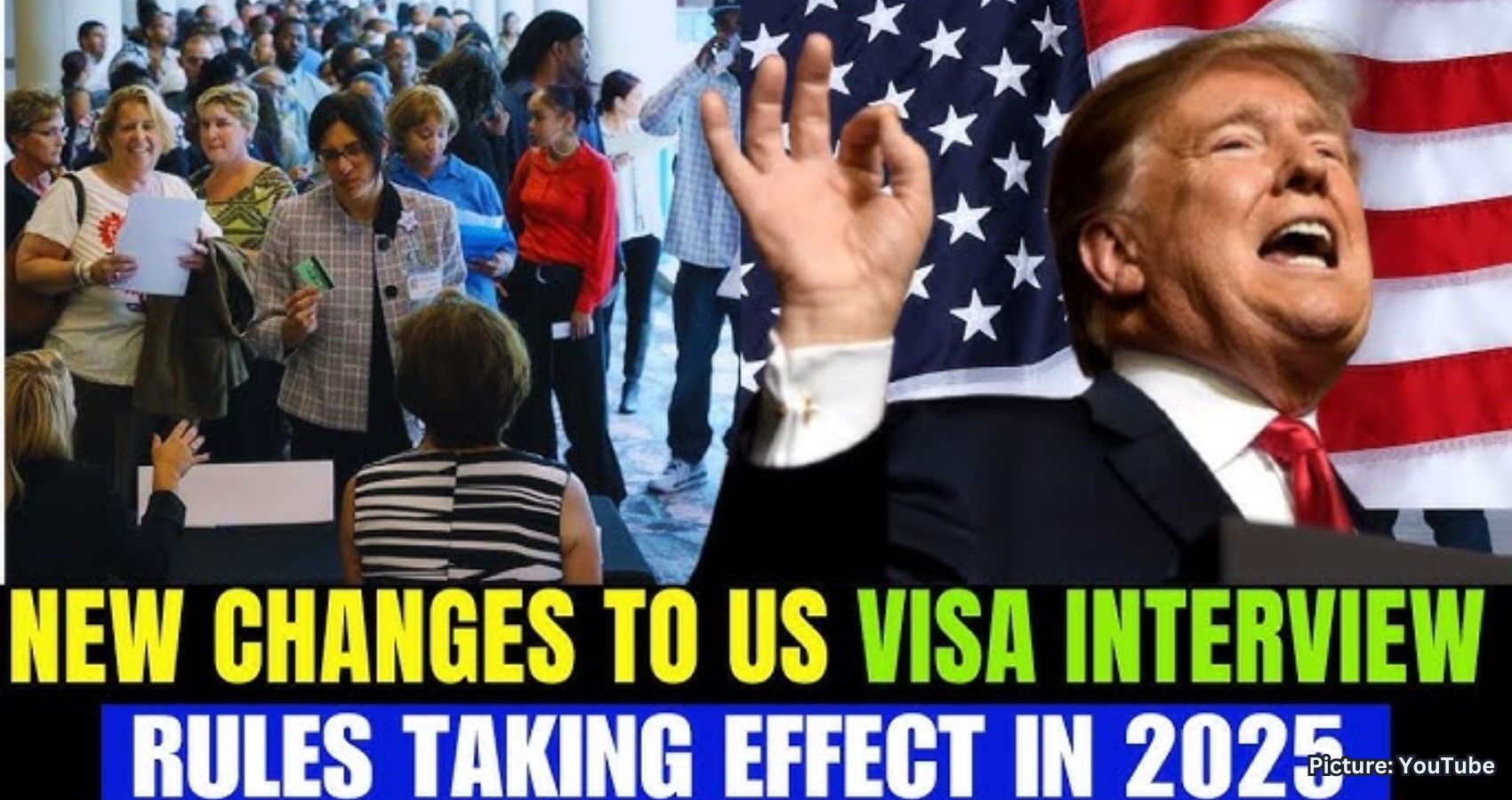



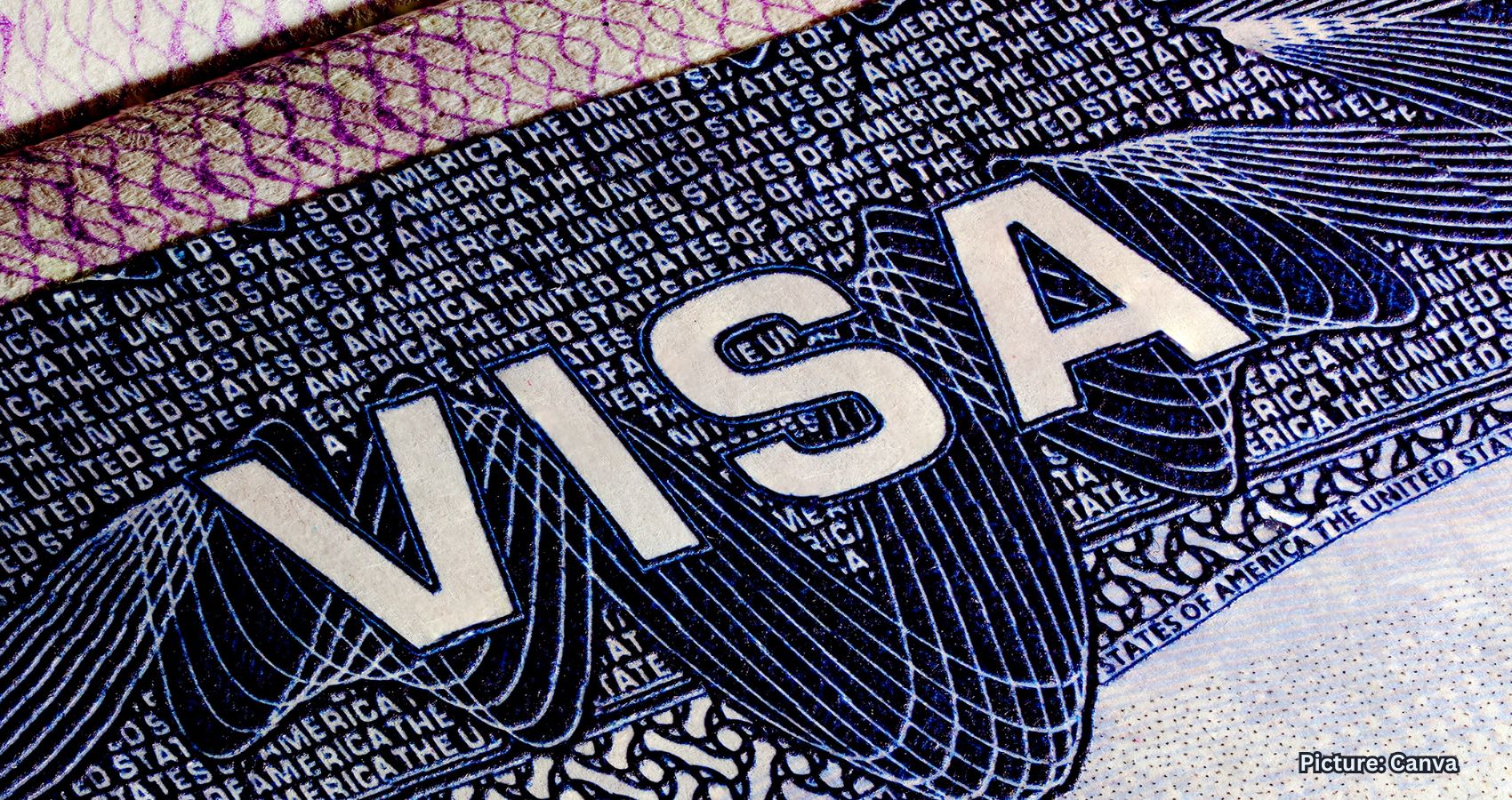









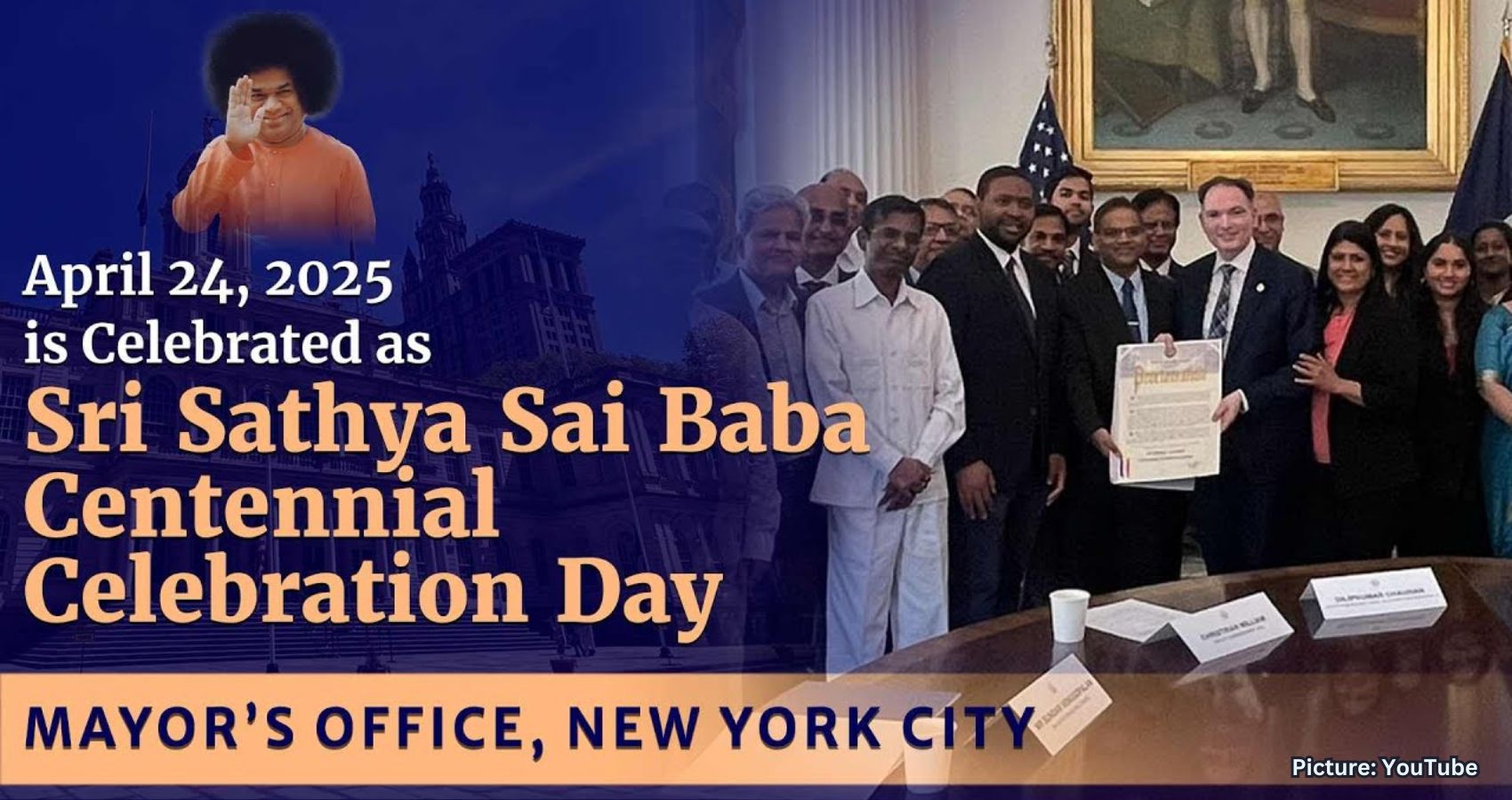
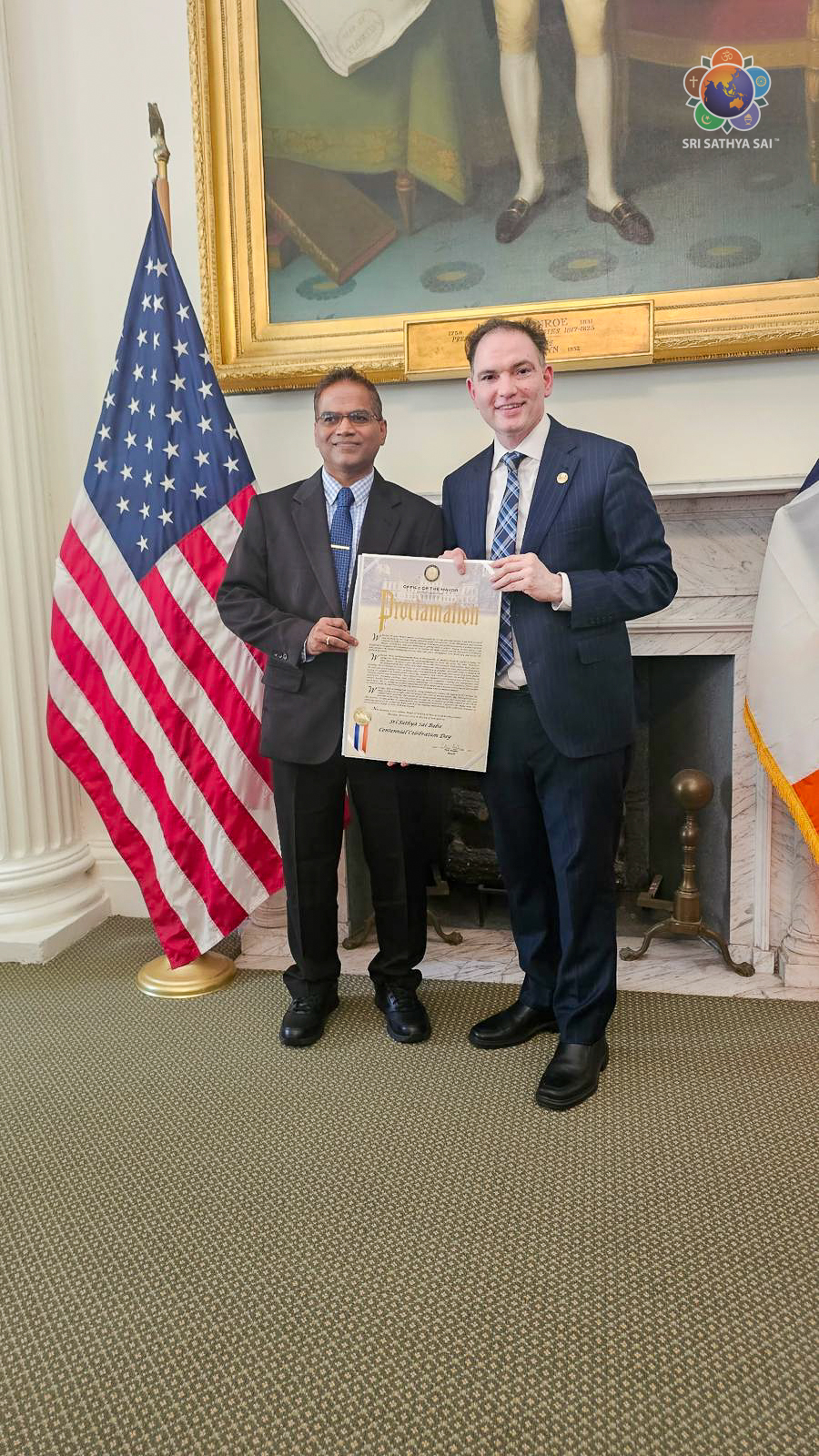 The proclamation ceremony took place in a formal setting and was presented by Deputy Commissioner Mr Dilip Chauhan. He was joined by officials from the Mayor’s Office and representatives of the Sri Sathya Sai Global Council, who gathered to witness this significant occasion. The proclamation celebrates Bhagawan’s life and philosophy, reflecting the city’s appreciation for his spiritual teachings and humanitarian work.
The proclamation ceremony took place in a formal setting and was presented by Deputy Commissioner Mr Dilip Chauhan. He was joined by officials from the Mayor’s Office and representatives of the Sri Sathya Sai Global Council, who gathered to witness this significant occasion. The proclamation celebrates Bhagawan’s life and philosophy, reflecting the city’s appreciation for his spiritual teachings and humanitarian work.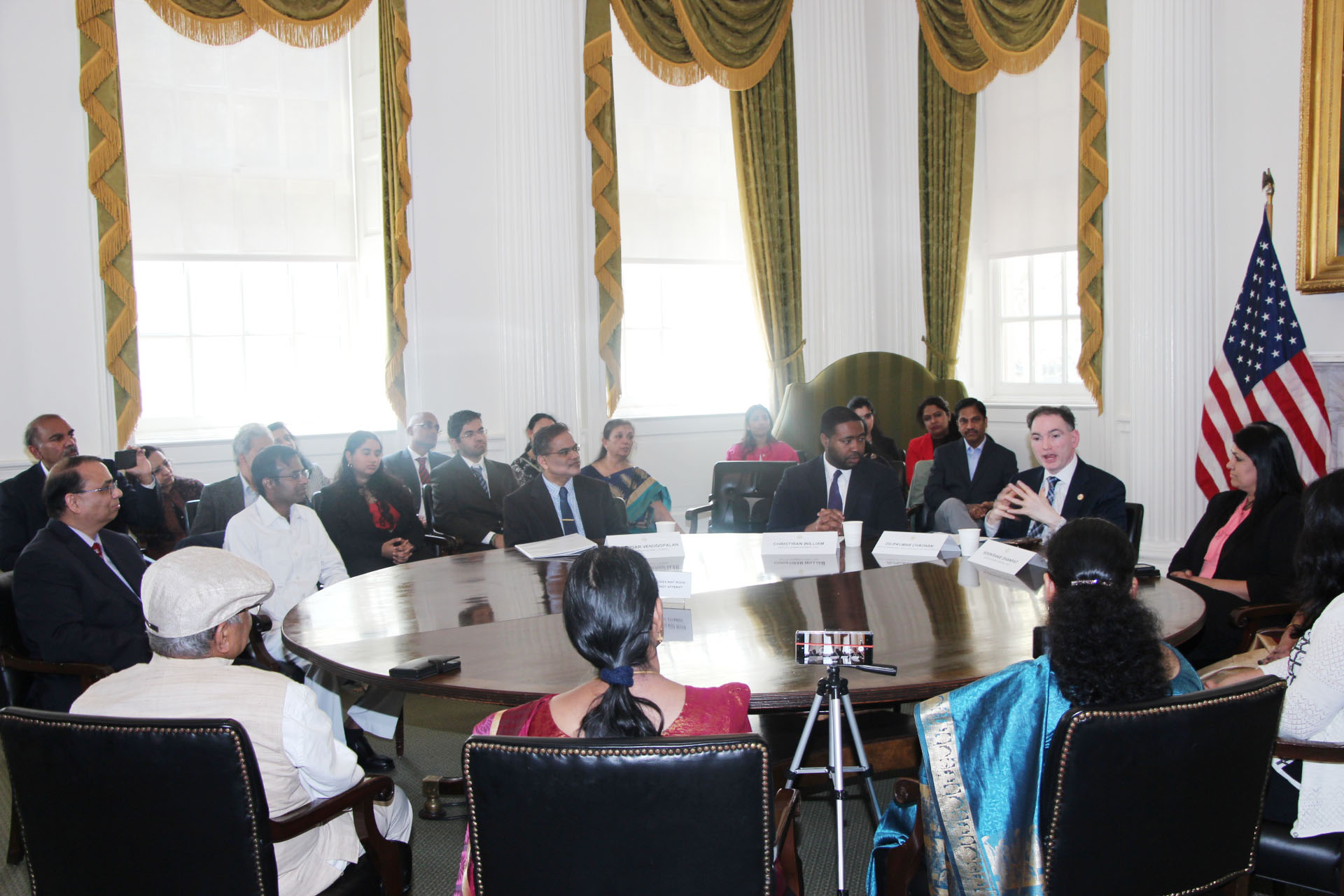 States. These include food distribution, hygiene kit supply, and youth education initiatives based on human values. Their tireless dedication was recognized as a continuation of Sri Sathya Sai Baba’s teachings, emphasizing love, service, and compassion.
States. These include food distribution, hygiene kit supply, and youth education initiatives based on human values. Their tireless dedication was recognized as a continuation of Sri Sathya Sai Baba’s teachings, emphasizing love, service, and compassion. One of the central figures present at the event, Sundar Venugopalan of the Sri Sathya Sai Global Council in Flushing, New York, accepted the proclamation on behalf of the community. Reflecting on the teachings of Sri Sathya Sai Baba, he emphasized that the core principle of all religions is fundamentally the same. “Sri Sathya Sai Baba’s main teaching was that the essence of all religions is one, urging us to see the divine spark within each and every creation,” Venugopalan stated. He added that Sai Centers around the world, including those in New York, promote spiritual growth and encourage service-oriented community engagement. “This centennial year, we are committed to expanding our service to those in need right here in New York City,” he affirmed.
One of the central figures present at the event, Sundar Venugopalan of the Sri Sathya Sai Global Council in Flushing, New York, accepted the proclamation on behalf of the community. Reflecting on the teachings of Sri Sathya Sai Baba, he emphasized that the core principle of all religions is fundamentally the same. “Sri Sathya Sai Baba’s main teaching was that the essence of all religions is one, urging us to see the divine spark within each and every creation,” Venugopalan stated. He added that Sai Centers around the world, including those in New York, promote spiritual growth and encourage service-oriented community engagement. “This centennial year, we are committed to expanding our service to those in need right here in New York City,” he affirmed.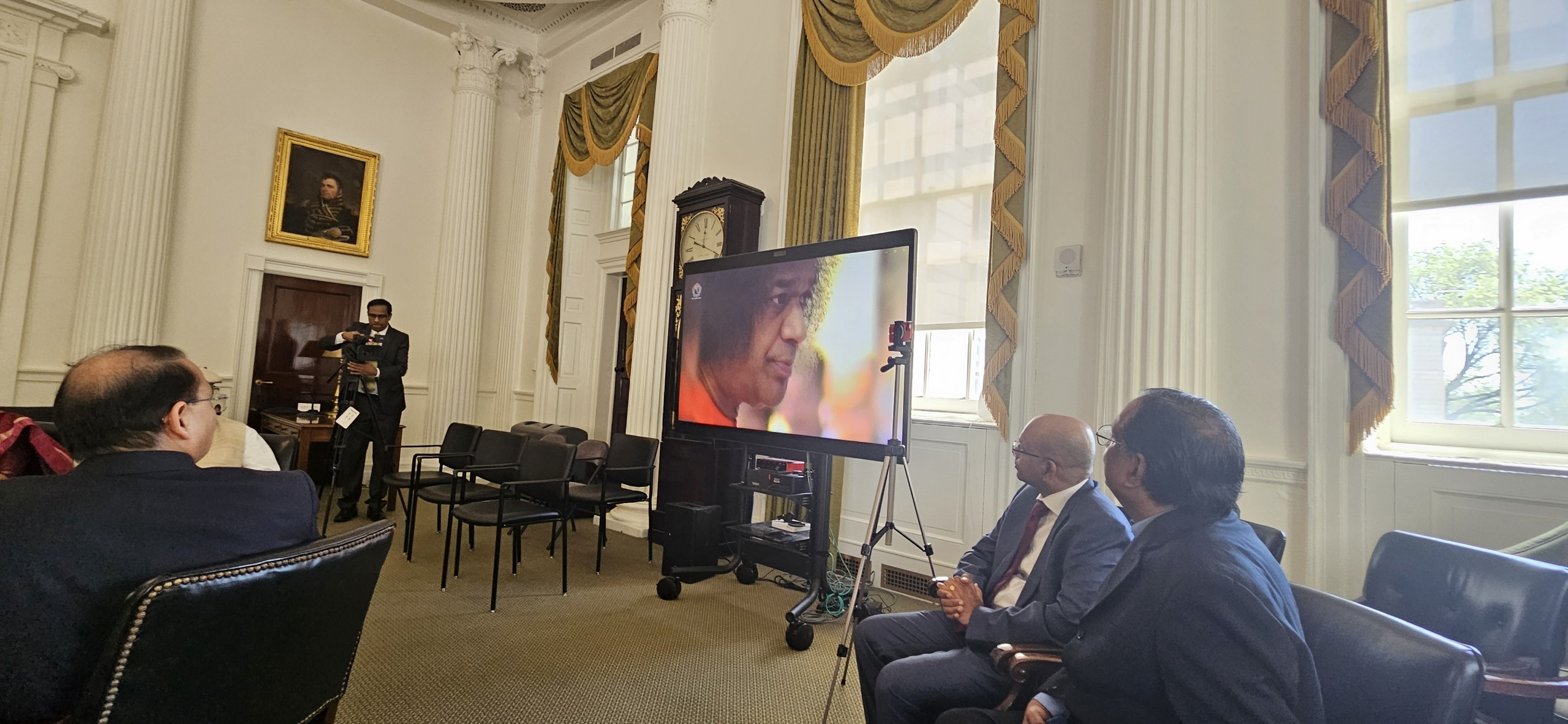 in the spirit of Bhagawan’s teachings. The proclamation from a city as diverse and globally influential as New York carries symbolic weight, reinforcing the universality of Sri Sathya Sai Baba’s message and mission. In the words of the organizers, “We offer our deepest gratitude to Bhagawan for this divine blessing. This recognition from New York City—one of the world’s most vibrant and diverse cities—beautifully echoes Bhagawan’s vision of global unity, service, and spiritual harmony.”
in the spirit of Bhagawan’s teachings. The proclamation from a city as diverse and globally influential as New York carries symbolic weight, reinforcing the universality of Sri Sathya Sai Baba’s message and mission. In the words of the organizers, “We offer our deepest gratitude to Bhagawan for this divine blessing. This recognition from New York City—one of the world’s most vibrant and diverse cities—beautifully echoes Bhagawan’s vision of global unity, service, and spiritual harmony.”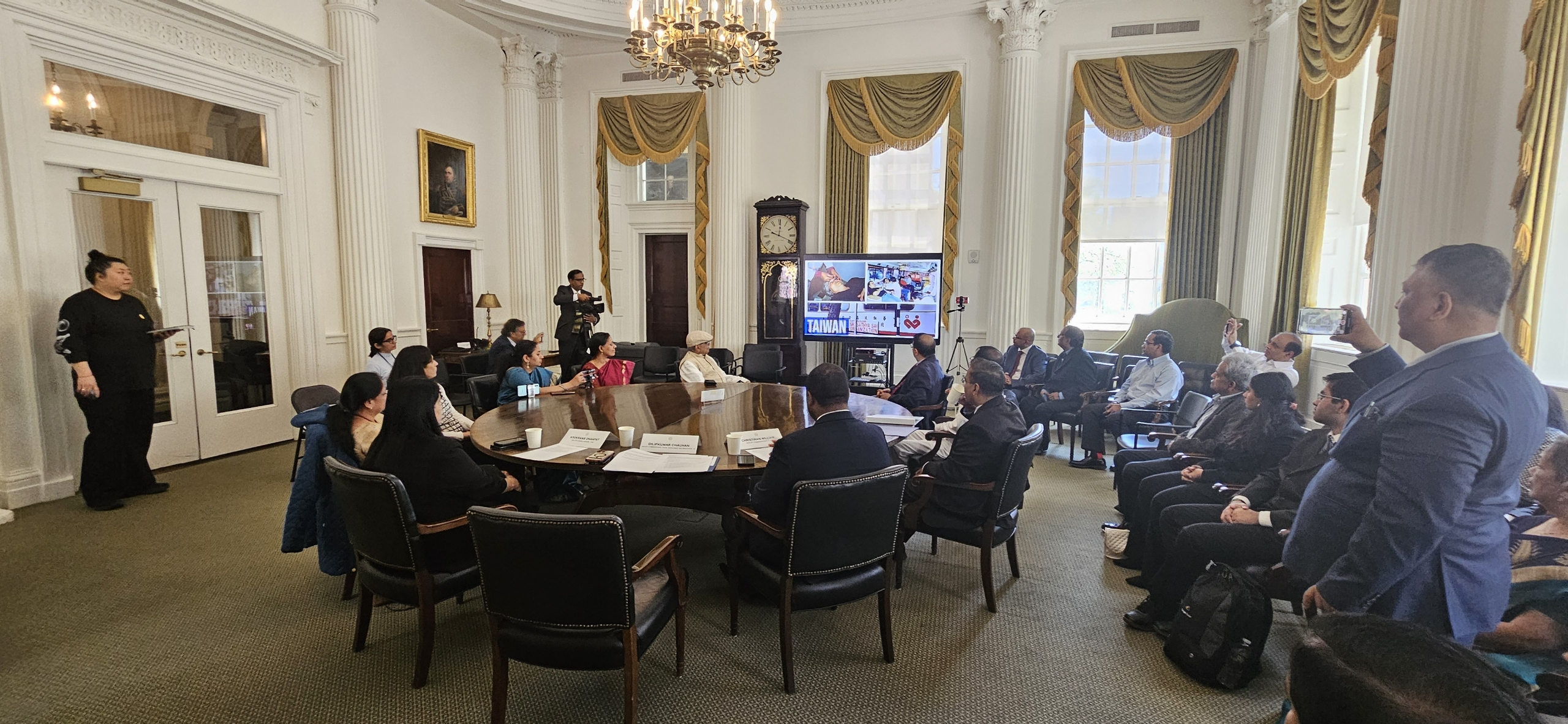 The ceremony, enriched by heartfelt expressions and multimedia tributes, concluded with renewed enthusiasm among the community to continue their work. The video documentary presented during the event provided a compelling overview of Sri Sathya Sai Baba’s global outreach efforts—ranging from free medical care and educational services to disaster relief and interfaith dialogue initiatives. These efforts were shown to be coordinated and implemented by volunteers and organizations inspired by his guidance and values.
The ceremony, enriched by heartfelt expressions and multimedia tributes, concluded with renewed enthusiasm among the community to continue their work. The video documentary presented during the event provided a compelling overview of Sri Sathya Sai Baba’s global outreach efforts—ranging from free medical care and educational services to disaster relief and interfaith dialogue initiatives. These efforts were shown to be coordinated and implemented by volunteers and organizations inspired by his guidance and values.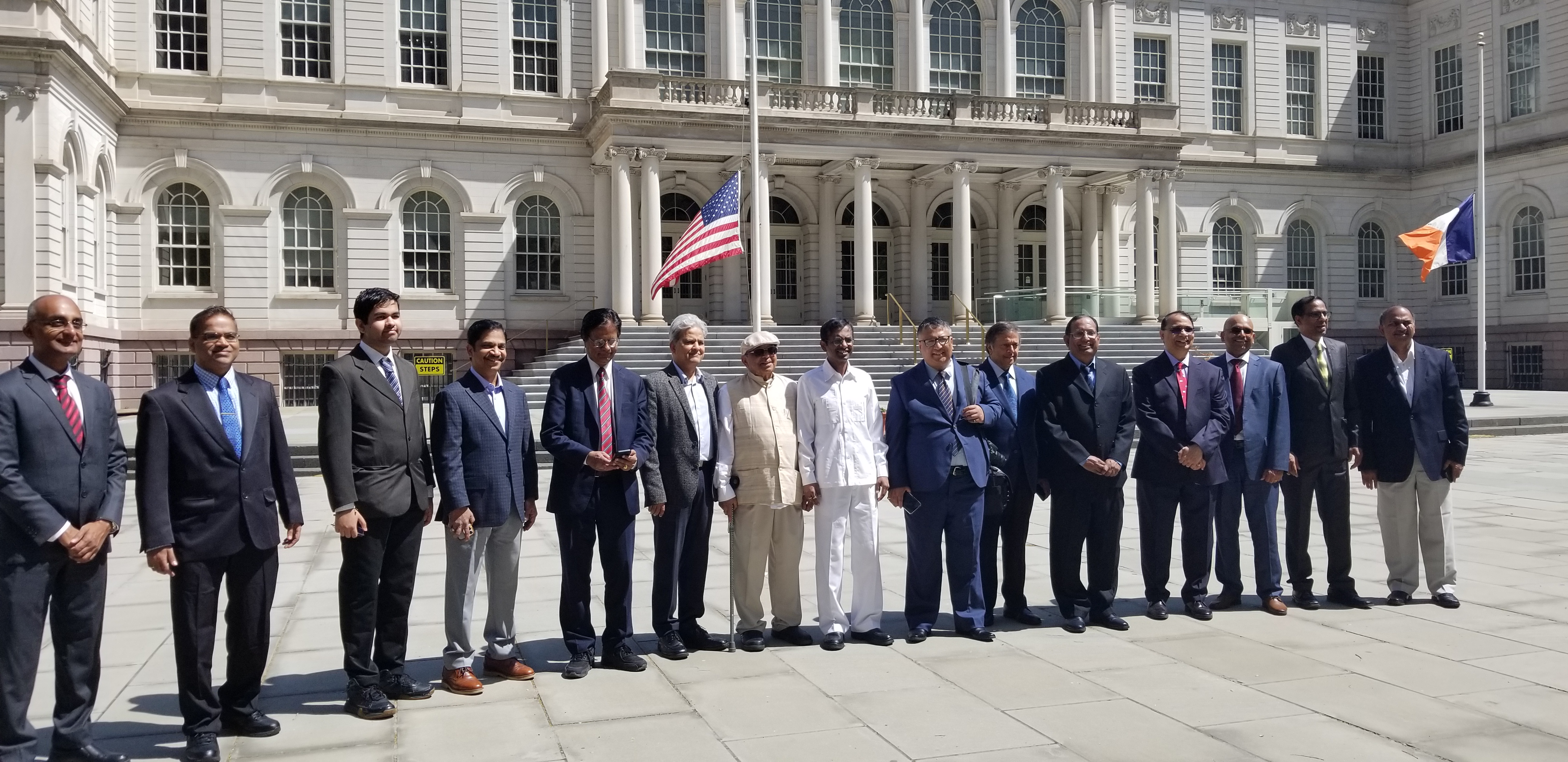 not only for his devotees but also for anyone committed to the ideals of love, unity, and humanitarian service. As emphasized by the proclamation, the legacy of Bhagawan continues to be felt through the actions of his followers who “Love All, Serve All” and live by the principle to “Help Ever, Hurt Never.”
not only for his devotees but also for anyone committed to the ideals of love, unity, and humanitarian service. As emphasized by the proclamation, the legacy of Bhagawan continues to be felt through the actions of his followers who “Love All, Serve All” and live by the principle to “Help Ever, Hurt Never.”




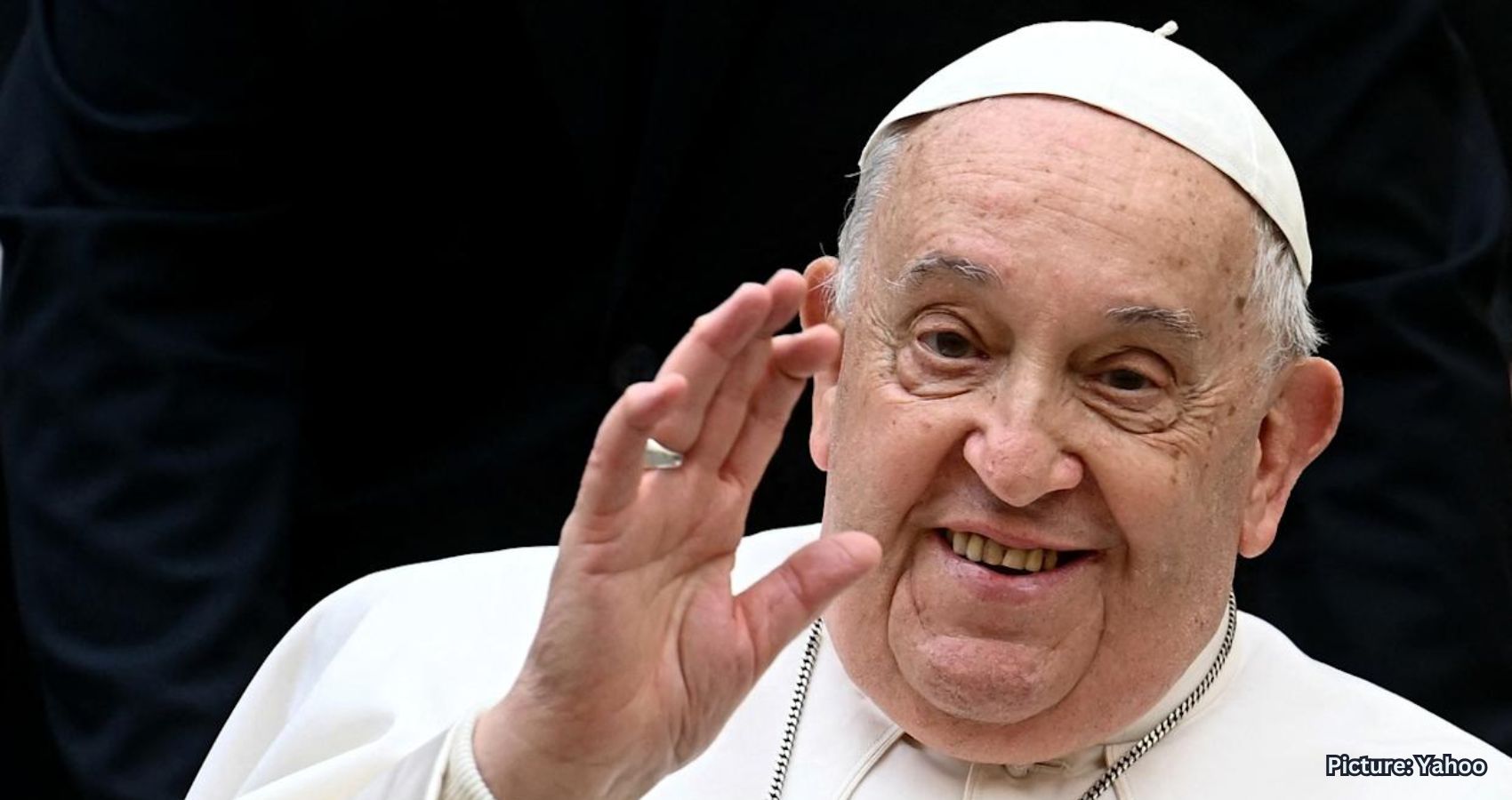


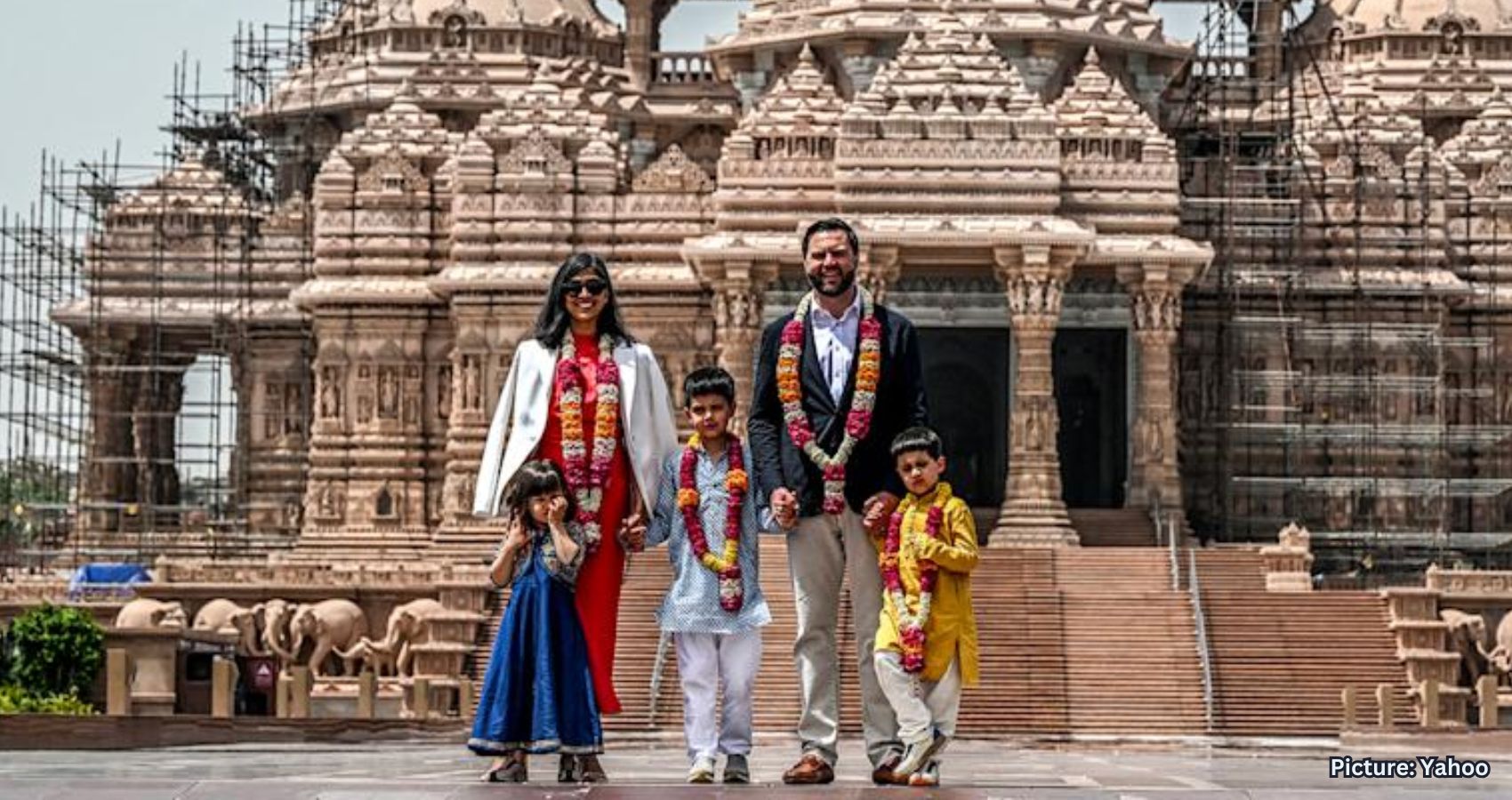


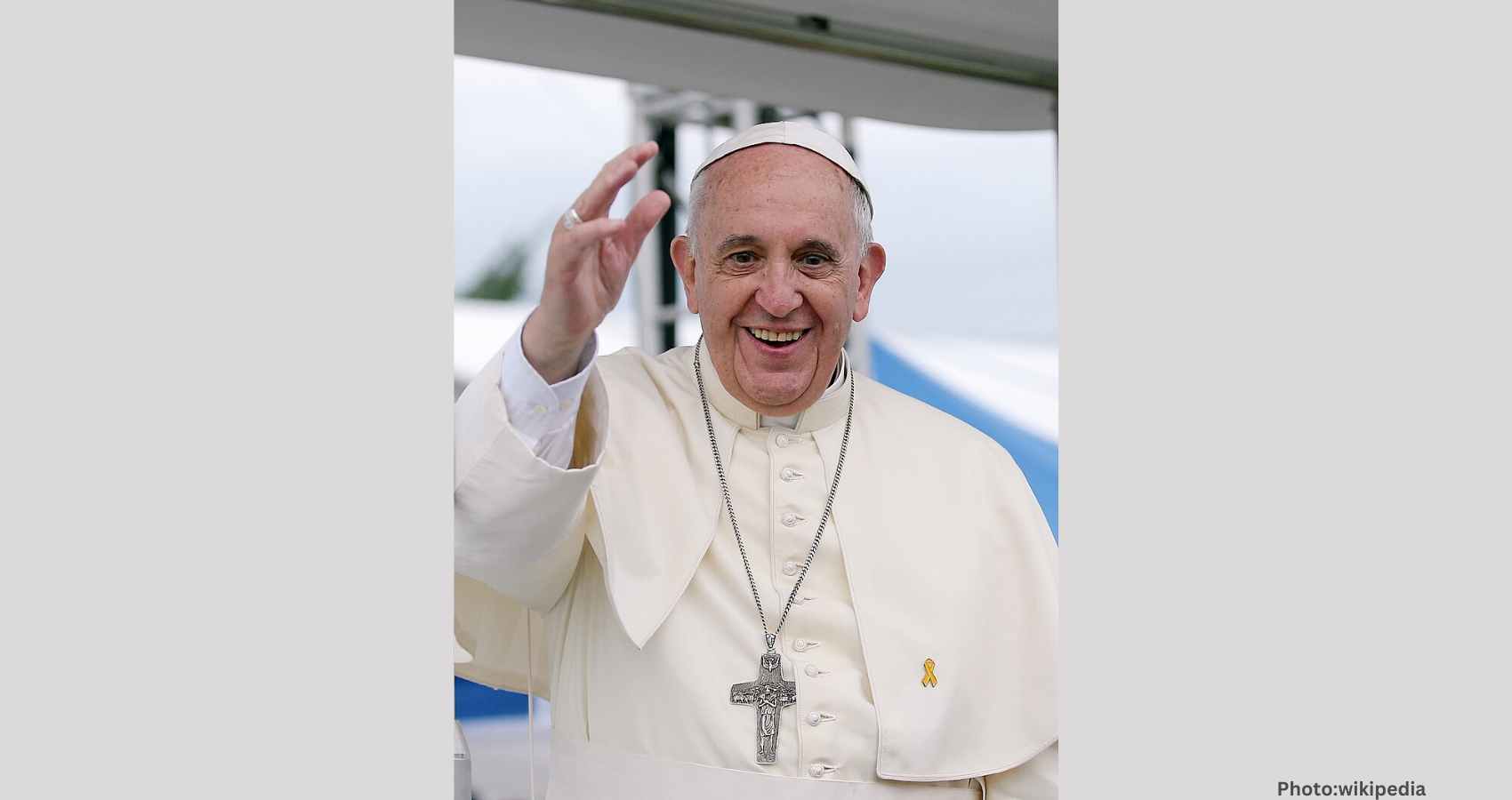
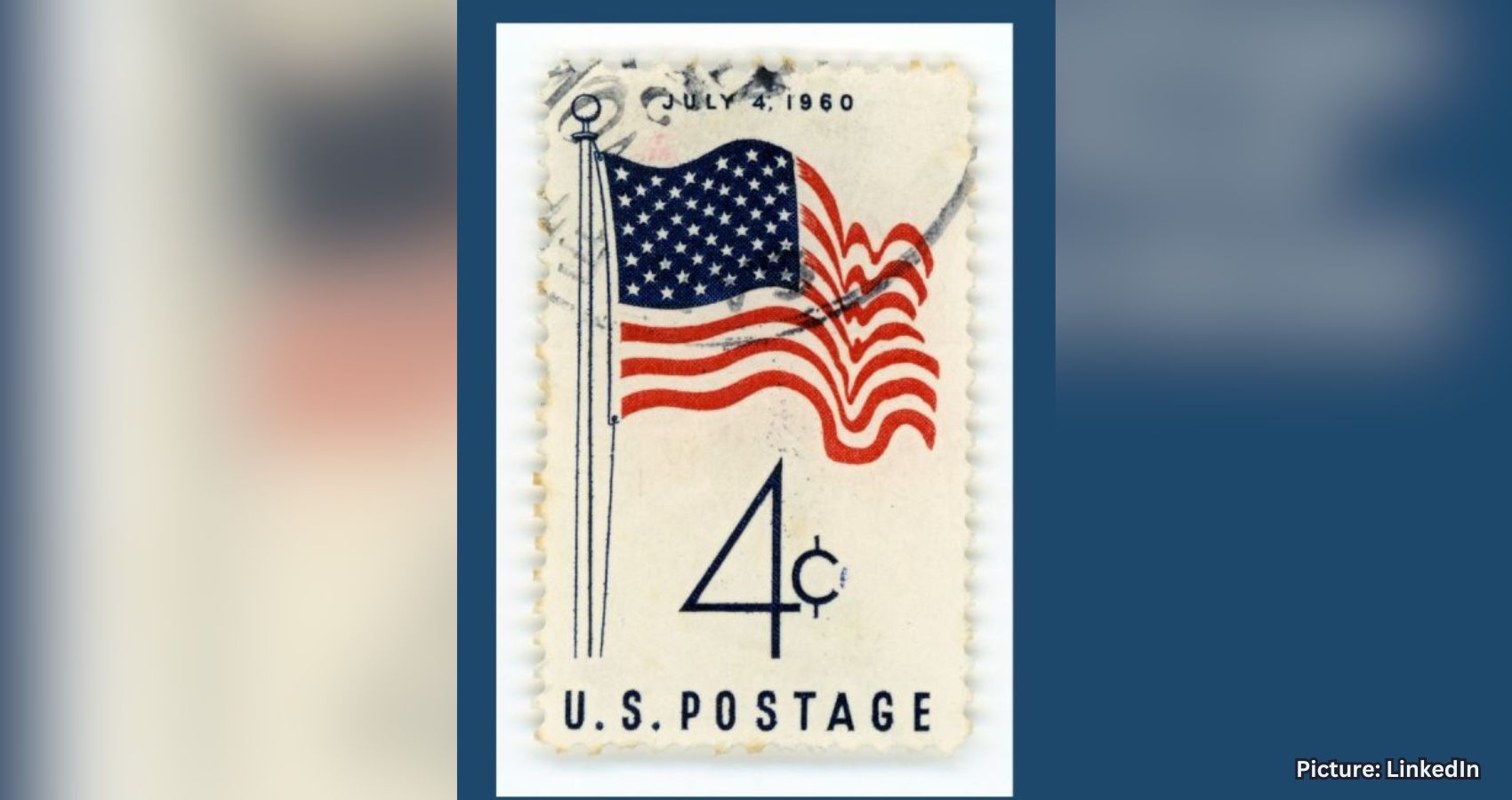




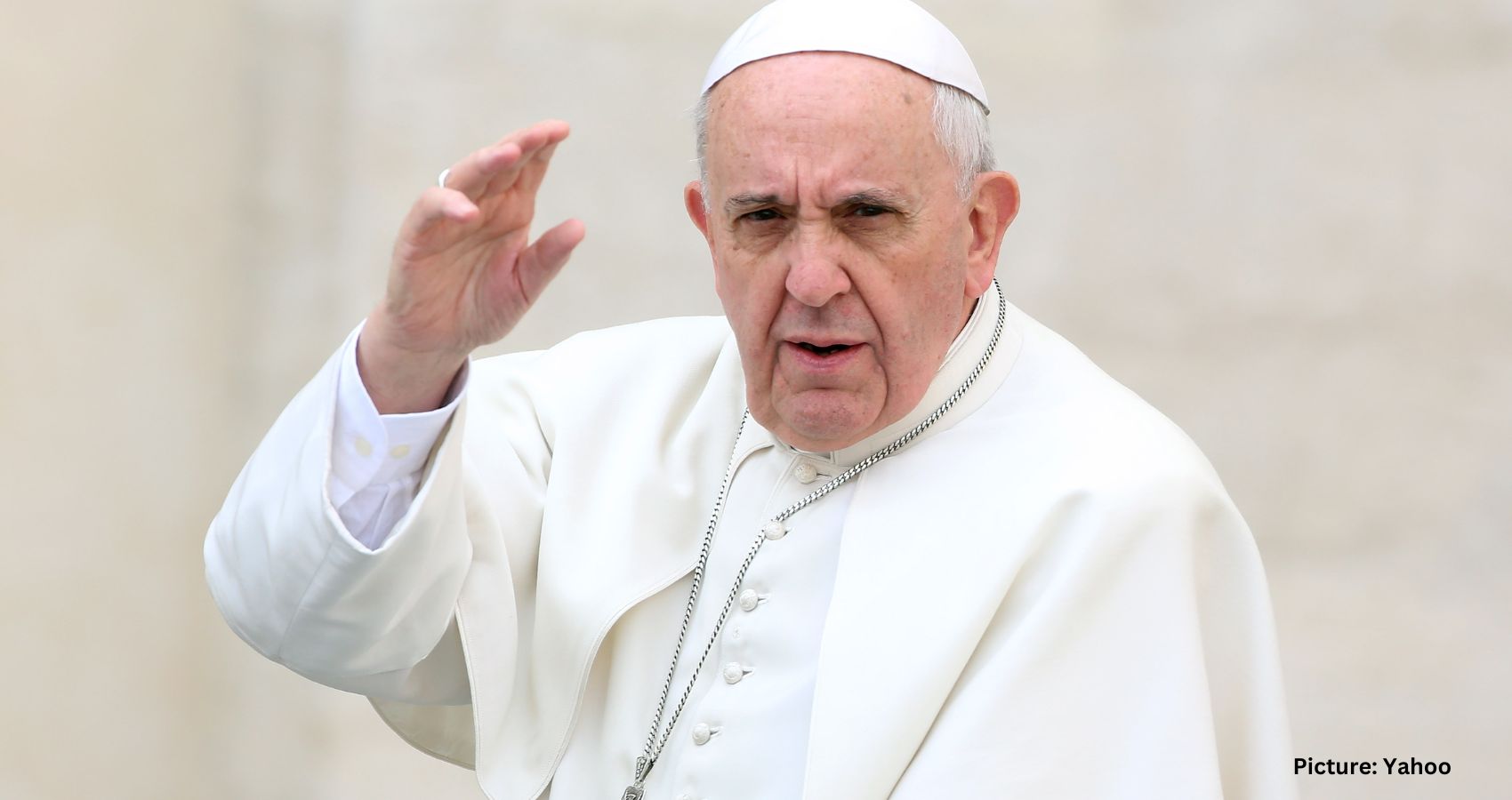
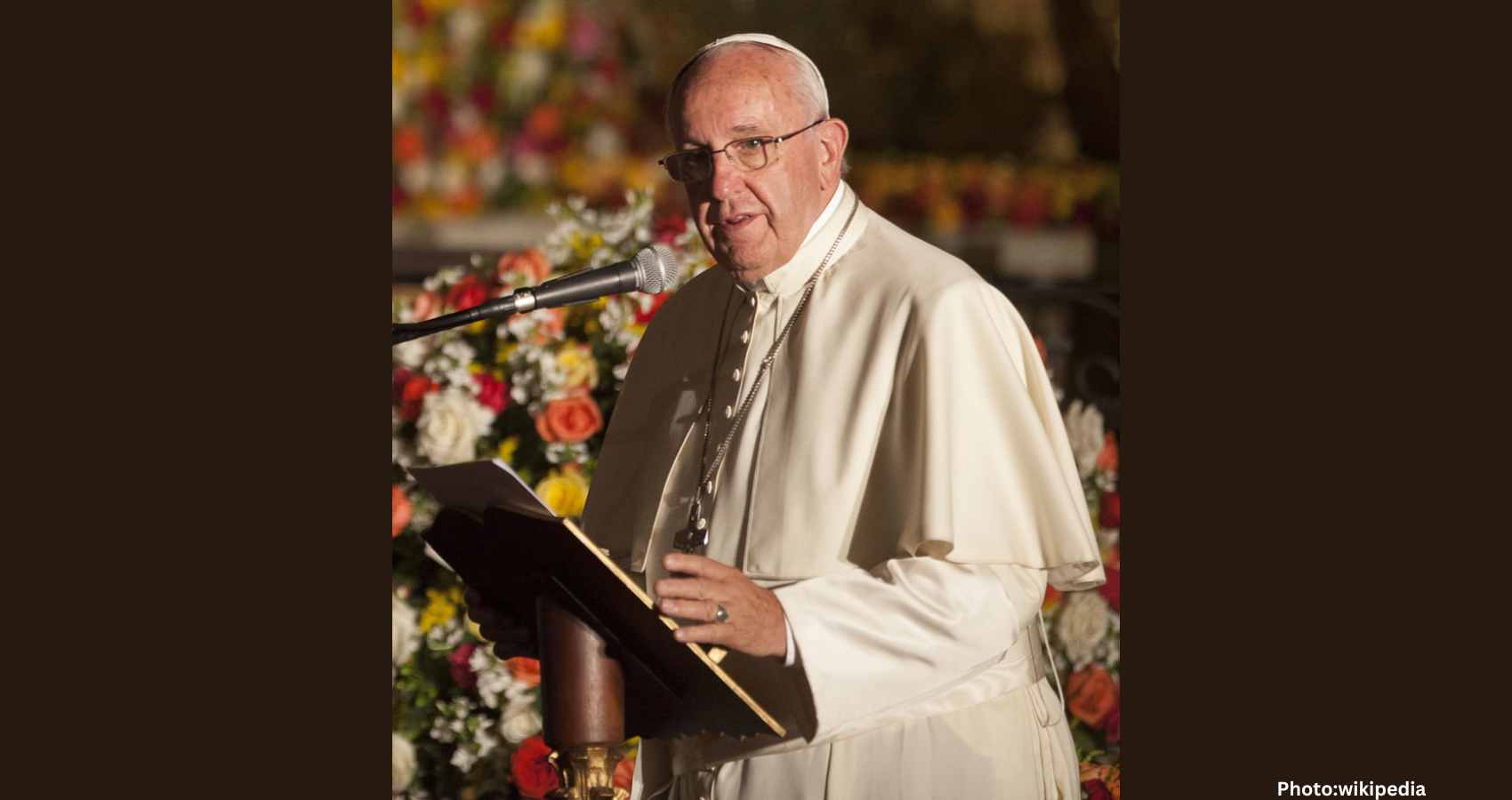


















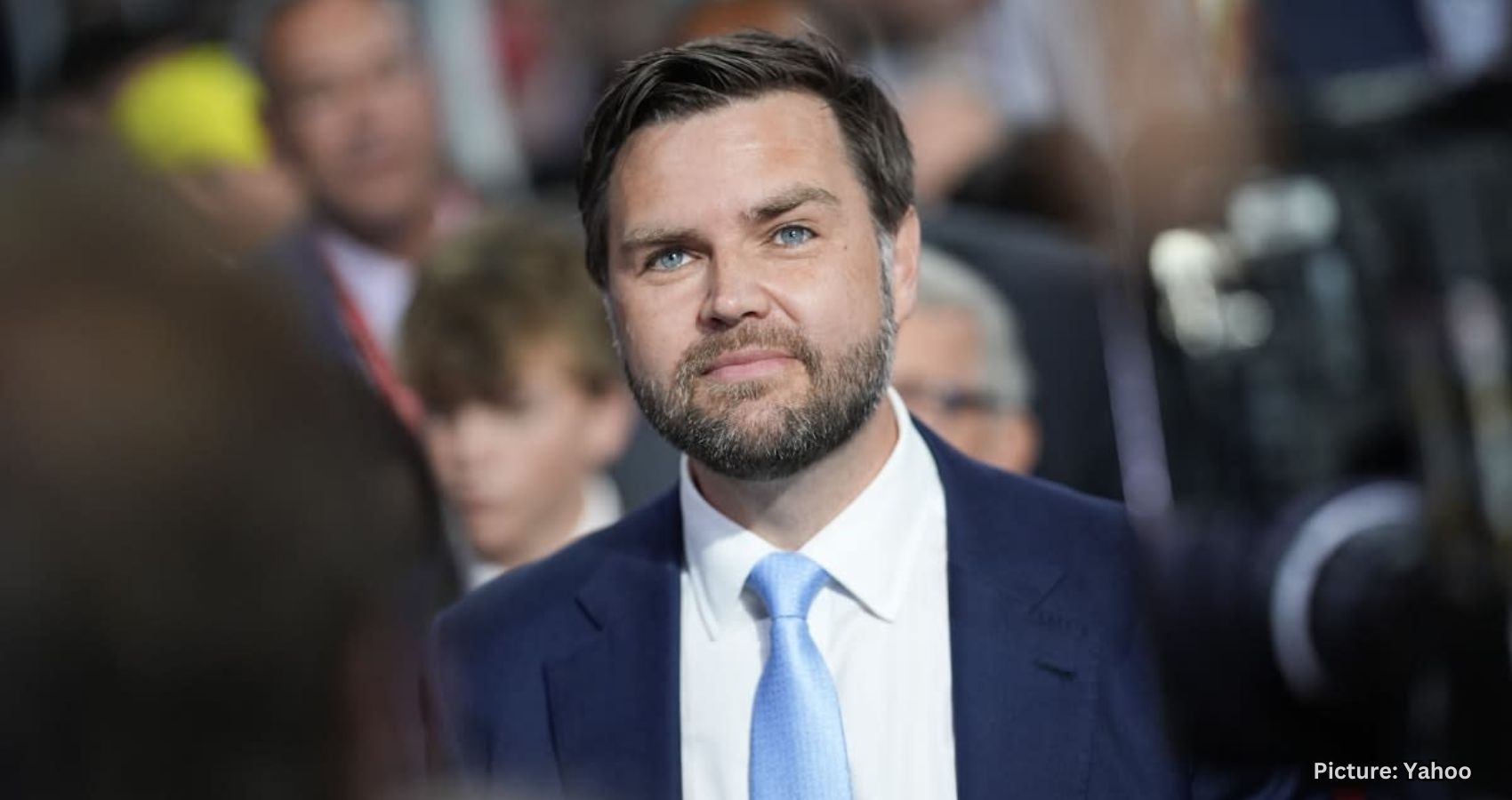












 “AAPI Legislative Day is a flagship annual event that is eagerly awaited to rekindle and renew our energy in bringing up the issues that we need to bring to the attention of national policy makers and leaders of the US Congress on Capitol Hill,” said Dr. Amit Chakrabarty, president-elect of AAPI. “It is a tradition of nearly three decades, which has brought many important transformations in National Healthcare policies that have helped Physicians of Indian Origin. Now, it is the need of the day to renew our friendship with new leadership under President Donald Trump and Vice President J D Vance and brief the Congressional leadership on issues that are important to us.”
“AAPI Legislative Day is a flagship annual event that is eagerly awaited to rekindle and renew our energy in bringing up the issues that we need to bring to the attention of national policy makers and leaders of the US Congress on Capitol Hill,” said Dr. Amit Chakrabarty, president-elect of AAPI. “It is a tradition of nearly three decades, which has brought many important transformations in National Healthcare policies that have helped Physicians of Indian Origin. Now, it is the need of the day to renew our friendship with new leadership under President Donald Trump and Vice President J D Vance and brief the Congressional leadership on issues that are important to us.”
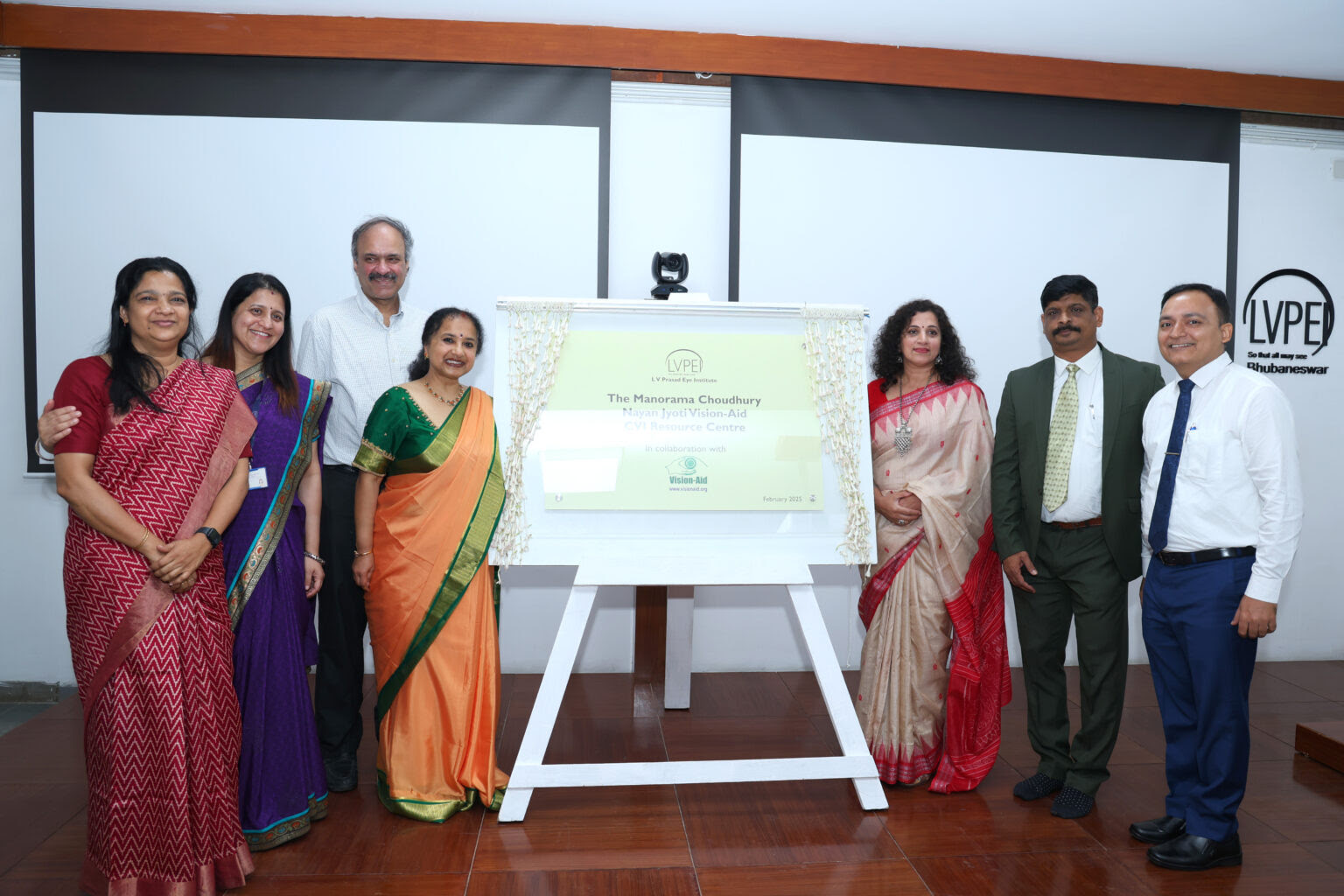 The ceremony concluded with a symbolic lamp-lighting, signifying hope and new beginnings for children with CVI. Attendees were deeply moved by a special cultural performance by children with disabilities, demonstrating their incredible resilience and talent.
The ceremony concluded with a symbolic lamp-lighting, signifying hope and new beginnings for children with CVI. Attendees were deeply moved by a special cultural performance by children with disabilities, demonstrating their incredible resilience and talent.


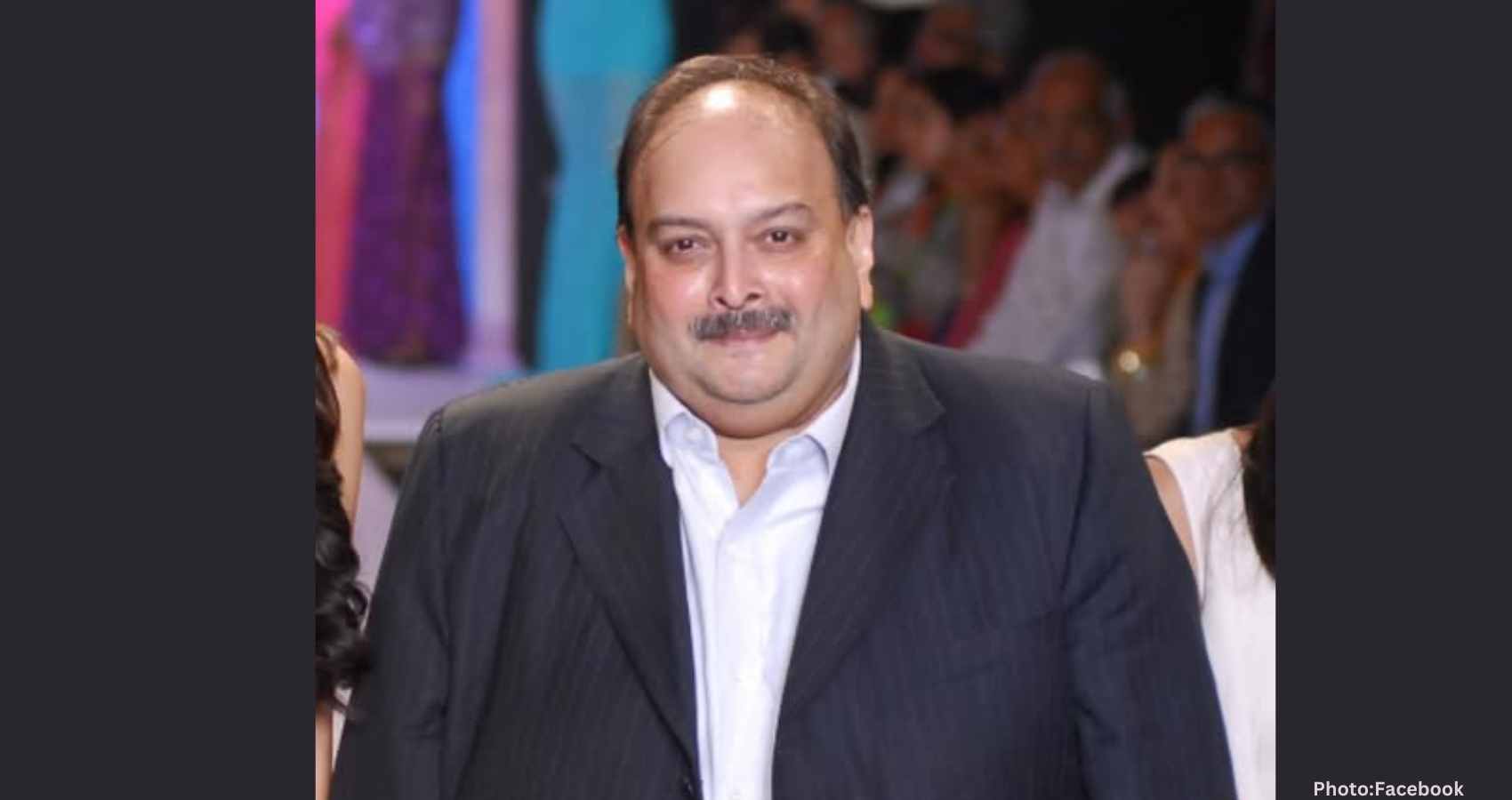
















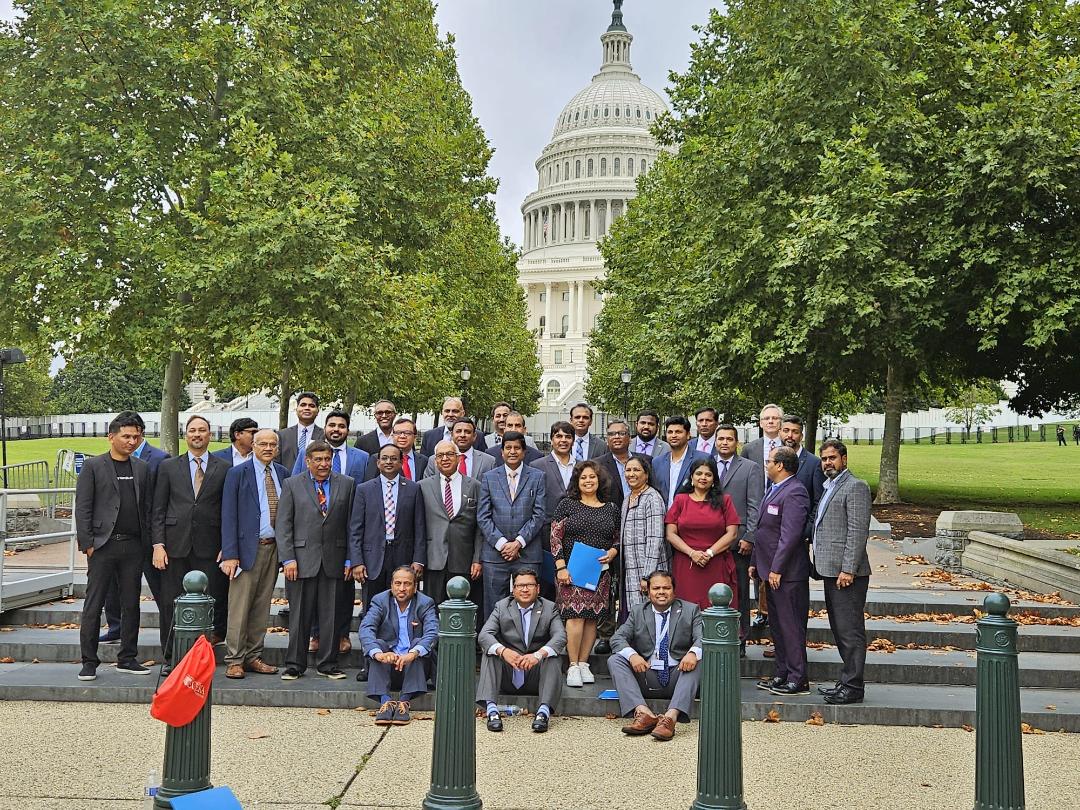 Anju Vallabhaneni, President of ITServe, while emphasizing the importance of Capitol Hill Day, said, “ITServe Alliance’s Capitol Hill Day will serve as a powerful platform in educating policymakers on the issues that are important to our members and the business community, ensuring our needs and views are reflected in policy debates and outcomes.”
Anju Vallabhaneni, President of ITServe, while emphasizing the importance of Capitol Hill Day, said, “ITServe Alliance’s Capitol Hill Day will serve as a powerful platform in educating policymakers on the issues that are important to our members and the business community, ensuring our needs and views are reflected in policy debates and outcomes.”







